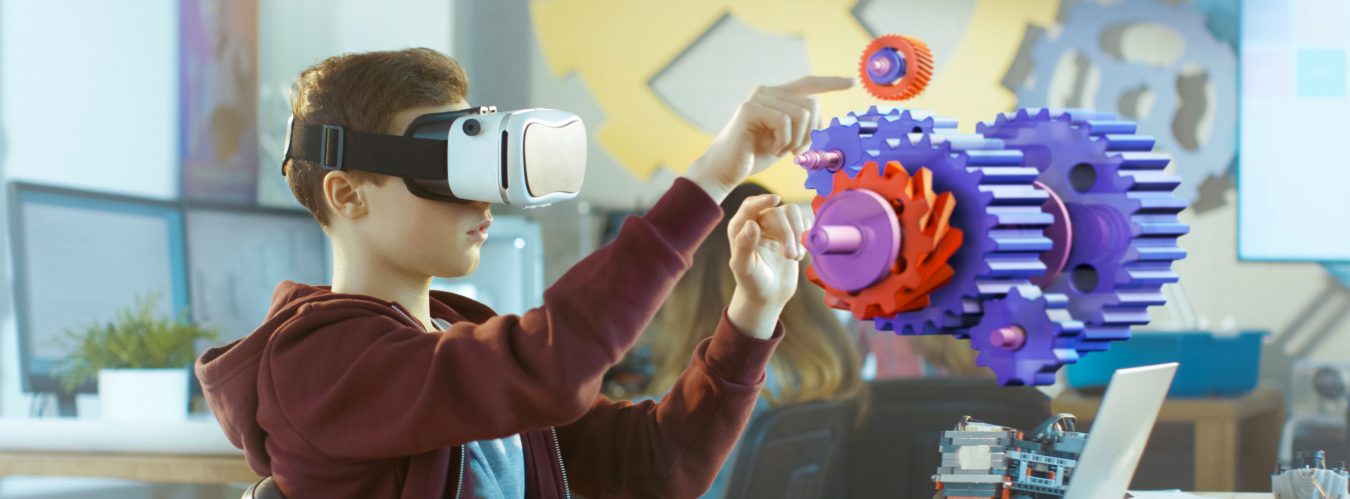Ready (Player One)
The novel by Ernest Cline (and now a major 2018 feature film) sets out a future where most of humanity uses virtual reality software “to escape the desolation of the real world”. Sounds grim? Smartphones and tablets have become deeply and rapidly embedded in our everyday lives. The still relatively new, disruptive technology of VR has yet to achieve the same ubiquity but it is quickly advancing beyond the preserve of gaming. Our newsletter this week contains many links to articles and videos about how VR could transform education. But are we ready?

Steady (We aren’t all techies round here)
Time for a quick reality check (sorry). Will next year’s students be equipped with fully haptic suits and high-resolution personal headsets?
No. In short; the students of the (near) future may not even have encountered VR yet. The technology of the future in Ready Player One is still some way off; at least for mainstream Higher Education. The technology is impressive but still expensive and – in most cases – bulky. The good news is that there is a whole spectrum of headsets available. The low tech, low-cost option that students are likely to start encountering are products such as Google Cardboard – the University of Southampton has branded versions that are given away on Open Days. You can build your own headset from a flatpack cardboard kit, pop in your smartphone and off you go…although it’s not always the most comfortable option, and not everyone has a smartphone. And VR still comes with a health warning.
I’ve been tinkering with developing low-tech VR experiences; but as a Learning Designer, thinking about the learner experience and accompanying narrative is completely different. I’m still not exactly sure in what ways it is different either. There are a lot of unknowns to identify, as well as solutions to the ones we know about. So there are not just the technical challenges, there are pedagogical ones too.
Go! (Oculus Go, that is)
There was great excitement within the team last week as we took delivery of two Oculus Go headsets. We are hoping to use these at University Open days in two ways. One is to provide some great ‘off the shelf’ experiences that will inspire potential students about areas of study. The other is to showcase some of the unique VR experiences developed at Southampton which will encompass teaching and fieldwork. The Oculus Go is a distinct advantage in this type of public setting; experiences are loaded onto the headset directly, the sound quality is improved with built-in speakers, and there is no high-end laptop or tracking stations requiring additional space. This coming week we will be unboxing and testing the kit – look out for a future blog post.

Within our team, we are just beginning to explore VR and we are starting to work with other interested groups across the university. Previously limited to the Augmented Reality of the Microsoft Hololens, our Immersive Technology in Education group will be relaunched in the autumn, covering AR and VR with a range of tools from across the spectrum. We are exploring new ways of collaborating different iSolutions teams who have the expertise to develop more complex VR resources, but we ourselves are beginners. If you are interested in trying out some simple entry level AR and VR for use with your students, or if you are interested in the pedagogical challenges this technology presents, please get in touch.


